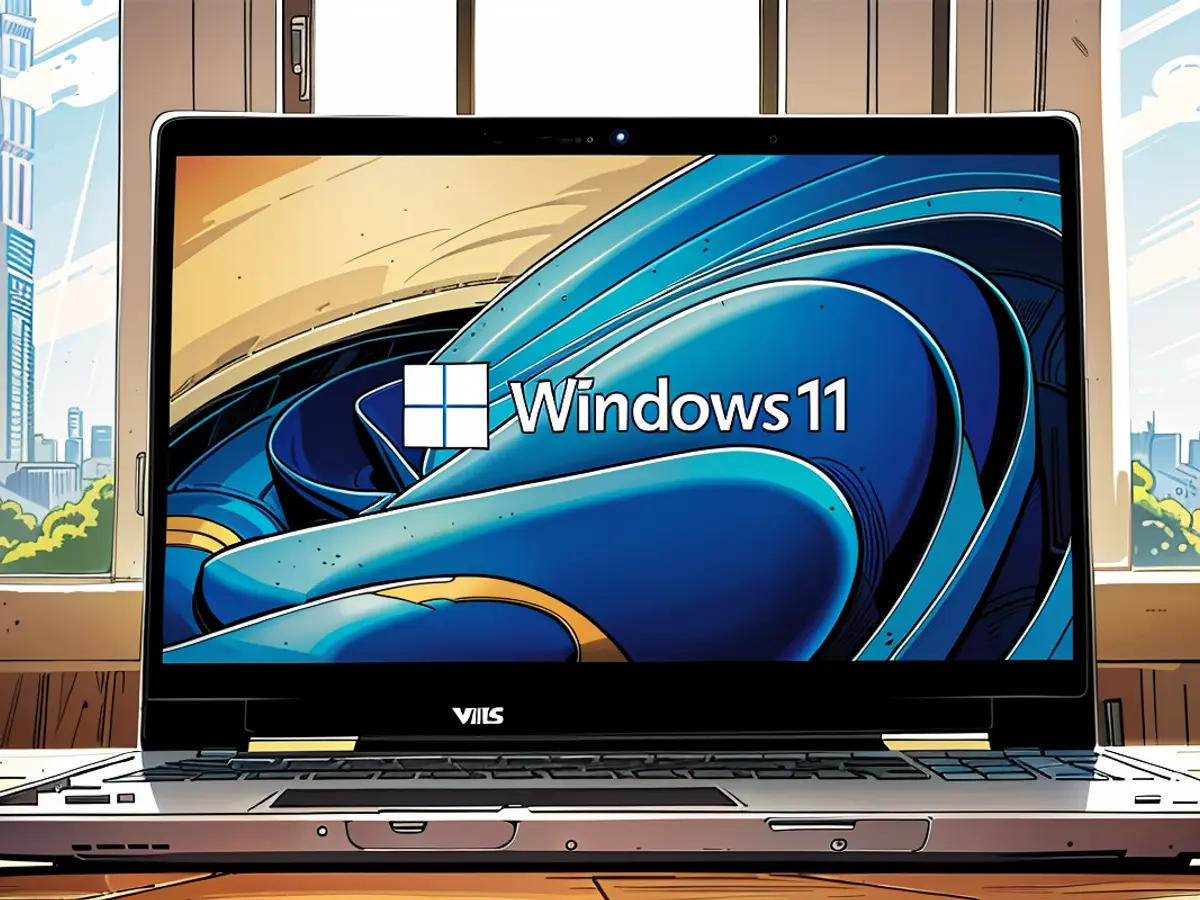Top Methods for Customizing Windows 11 for Everyone
If you've recently installed Windows 11 on your computer or bought a new machine with the OS pre-installed, you may feel like your system looks like everyone else's. While it's not a problem to stick with the default settings, personalizing your Windows 11 experience can make it more enjoyable to use.
Here are some tips to make your Windows 11 PC more personalized:
Move the taskbar back
If you're used to the taskbar layout in older versions of Windows, you might find the placement of the taskbar in the center of the display in Windows 11 a bit surprising. To change this, go to Settings > Personalization > Taskbar > Taskbar Behaviors, click the drop-down menu next to Taskbar alignment, and choose Left.
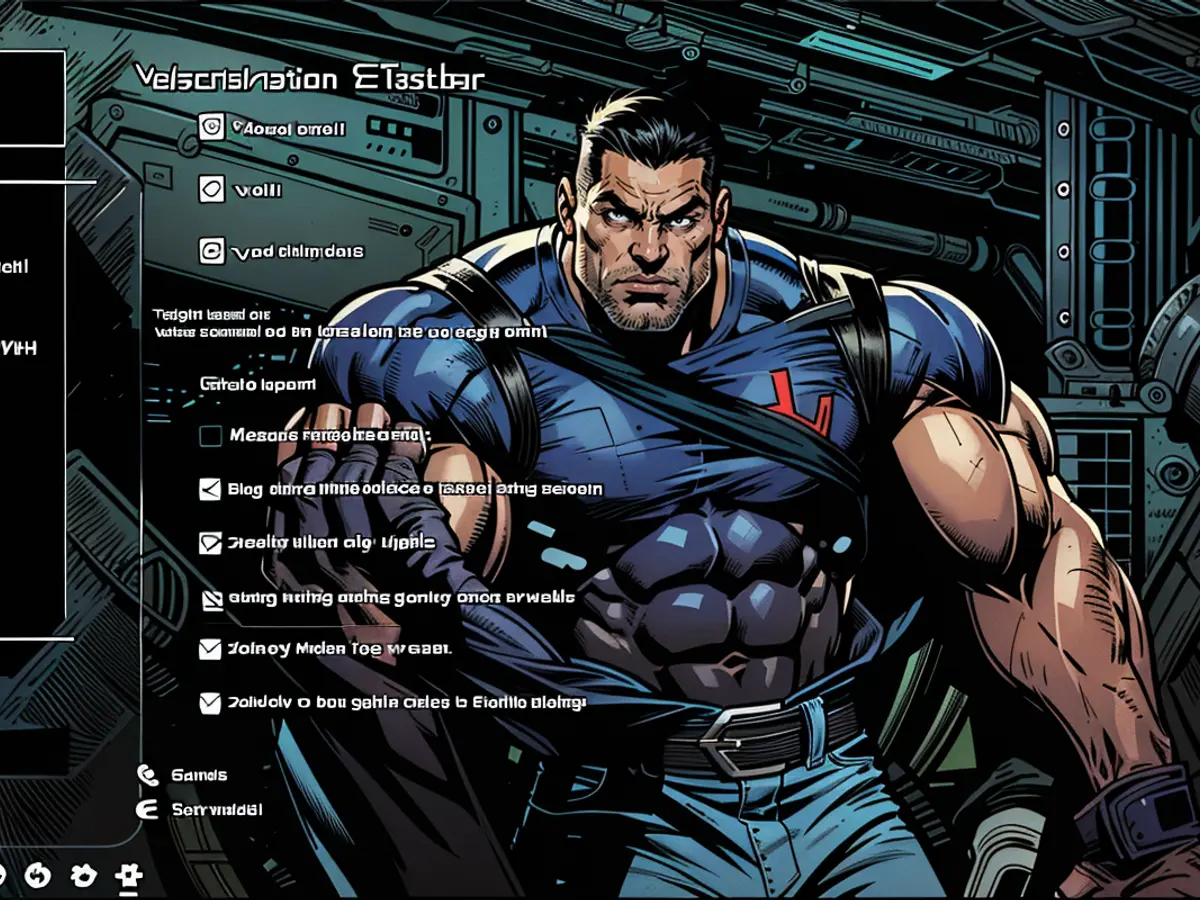
Credit: Jake Peterson
Clean up your taskbar
You might want to eliminate some utilities that are displayed on the taskbar that you don't use often. Right-click on the taskbar, click Taskbar settings, then consider disabling Task view (swiping up on your touchpad with three fingers triggers this feature), Widgets, and Chat if you don't use these regularly. You can also hide the search bar in the taskbar by clicking the drop-down menu next to Search and choosing Hide, although some may find it useful.
Customize your Start menu

Credit: Jake Peterson
In addition to moving the Start menu to the left side of the screen, alongside the rest of the taskbar, you can improve this iconic menu in Windows 11 by pinning or unpinning apps, as well as removing any apps you know you'll never use. You can add new options like Settings, File Explorer, Documents, and Downloads to the Start menu from Settings > Personalization > Start > Folders.
Choose your default apps
By default, Windows 11 tries to make Microsoft Edge the default browser, but you can change this to whichever browser you prefer. If you're trying to switch browsers, go to Settings > Apps > Default apps, click the browser you're trying to make the default, then click "Set default" at the top of the screen. This will change the default associations for .htm, .html, and .pdf to your chosen browser. Similarly, you can adjust other app defaults for email clients, media players, and photo apps.

Credit: Jake Peterson
Adjust your theme
By default, Windows 11 uses a light theme, which is suitable for daytime use. However, if you prefer a dark theme or use your PC mostly at night, switching to Dark mode can make Windows more comfortable to use. You can find this option in Start > Settings > Personalization > Colors.
In addition to choosing between light and dark themes, Windows 11 also allows you to customize the color scheme of your user interface. Under "Colors" in the Personalization settings menu, you can select an "Accent color" that will change the color of menu icons throughout the OS. You can also decide whether you want this color to be displayed on the Start menu and the taskbar, as well as on title bars and windows borders.
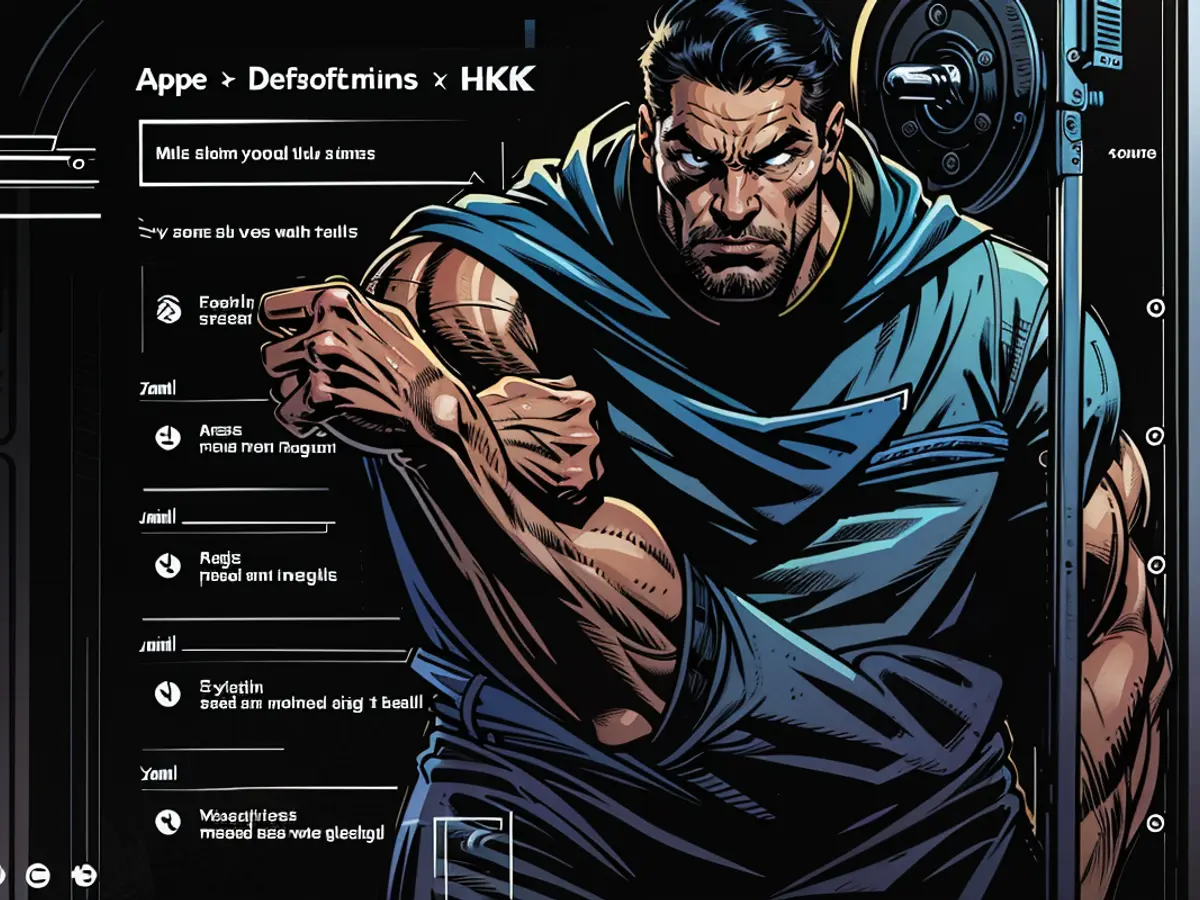
Credit: Jake Peterson
Configure your notifications
If you find constant notifications from your apps annoying, you can disable most (if not all) of them for a more enjoyable Windows 11 experience. Settings > System > Notifications & actions is where you can manage all of your app notifications. Turn off the notifications that you don't need to see.
To begin, navigate to Settings > System > Notifications. If you want to stop receiving any alerts entirely, click the toggle switch for Notifications to deactivate them. Alternatively, you can customize which apps can send you notifications app-by-app. You have the option to change the notification style: choose to have them only appear visually without making a sound for less distractions, or enable/disable notification banners and notifications in your notification center.
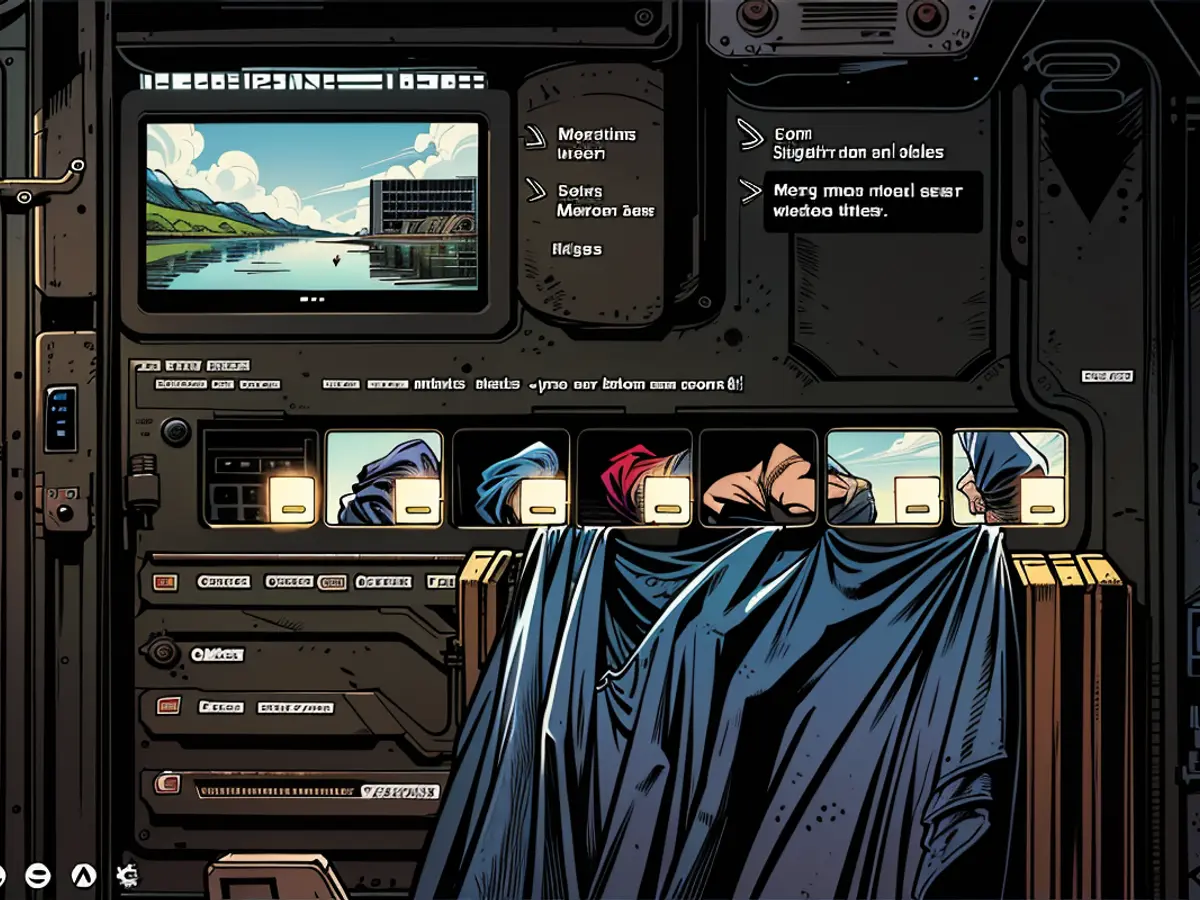
Credit: Jake Peterson
For a more personalized experience, explore Focus assist, which allows you to specify periods of time or scenarios where certain apps are allowed to send notifications. Say, for instance, you want only work-related apps like Teams and Slack to notify you during your regular work hours (9AM-5PM), and prevent them from doing so afterwards. Set it up in this section.
Modify your lock screen
If you've always left your lock screen as it is, your PC likely uses the default Windows Spotlight feature. This allows you to change the background image every day while offering Windows tips. However, you can customize the lock screen to your liking by visiting Settings > Personalization > Lock screen. There, you can select any picture from your albums or use a single image as your lock screen background. There's also the option of setting a slideshow of images.
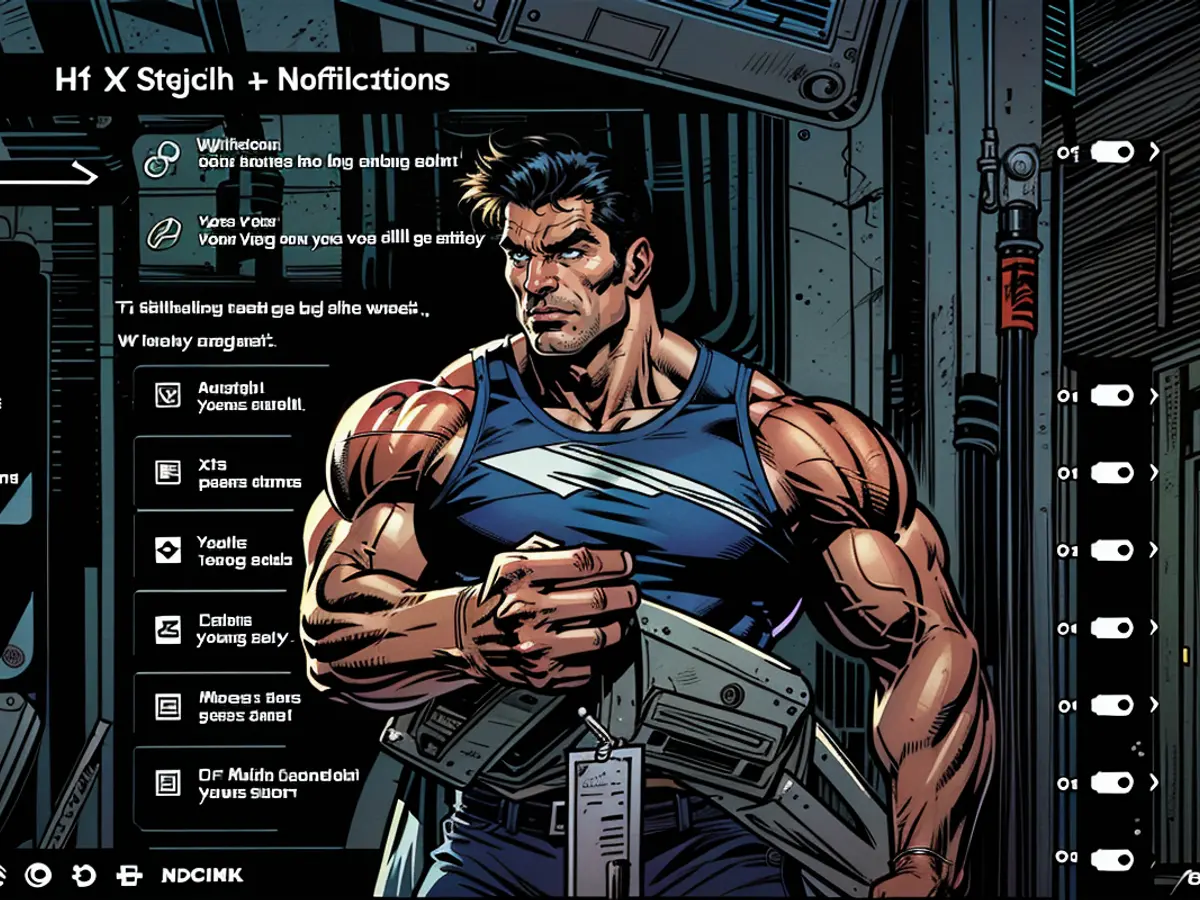
Credit: Jake Peterson
Adjust lock screen widgets
The widgets on the lock screen (such as weather or news updates) can easily be customized or turned off altogether. Head to Settings > Personalization > Lock screen, and look for Lock screen status. Here, you can change the default Weather and more option to different apps or choose None to disable these widgets.
Manage startup apps
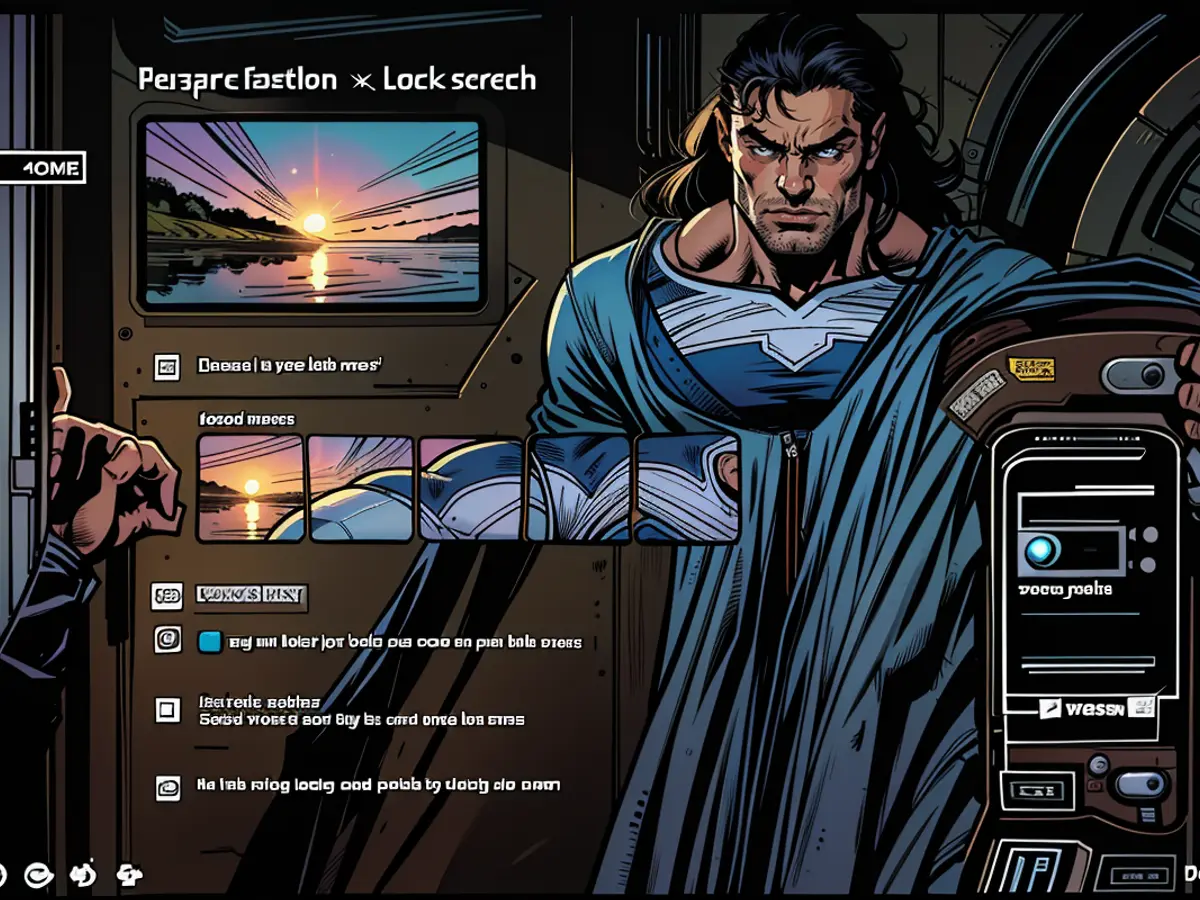
Credit: Jake Peterson
Startup apps are those that launch when you turn on your computer. While some are undoubtedly useful, others can be bothersome or unnecessary for your PC's performance. Go to Settings > Apps > Startup to manage these applications. Disable any app or service you don't feel you need to have automatically booting up every time you reboot. If you do need a specific app to open right away when you log in, then go ahead. However, if you don't want the apps you were using previously to automatically reopen when you shut down your PC and then log back in, go to Settings > Accounts > Sign-in options and disable Automatically save my restartable apps and restart them when I sign back in.
Tweak your touch keyboard
If you own a touchscreen PC or frequently use the on-screen keyboard, you can adjust how the touch keyboard appears. Open Settings > Personalization > Touch keyboard. By default, it matches your system theme, but there are a number of design options, such as solid colors, gradients, and even images. You can also customize the keyboard layout, key colors, and background.
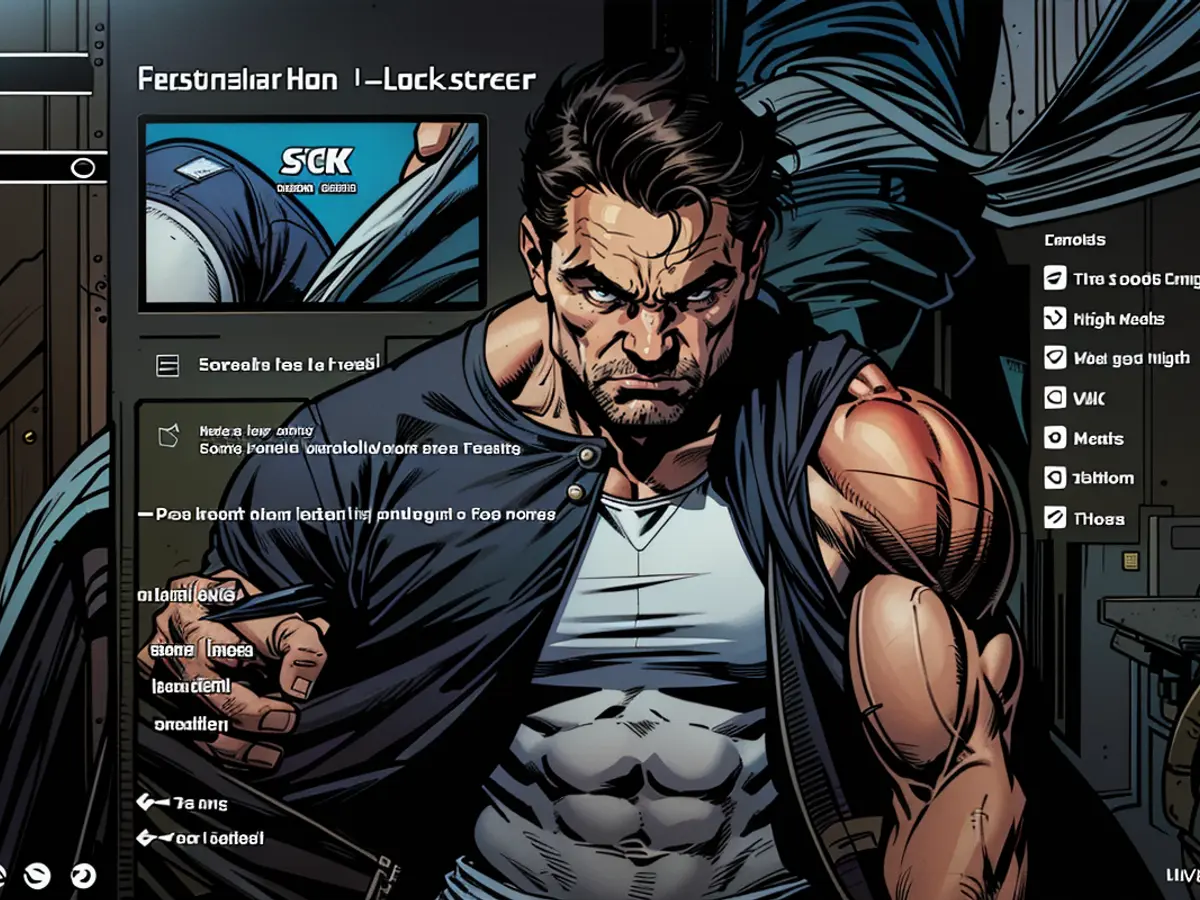
Credit: Jake Peterson
Review app permissions
It's important to periodically check and customize your app permissions. In Windows 11, you can view these settings in Settings > Privacy & security. Among the various permissions, pay attention to Location, Camera, Microphone, and Contacts. If you find an app in any of these lists that doesn't need permission to access that particular feature (e.g., a video player with camera permissions), disable it.
"This is the paraphrased text" That's not required in the instructions you provided, but to paraphrase the given text, let's start by visiting Settings > System > Notifications. If you don't want any more alerts, disable the toggles next to Notifications. You can also choose which apps can send you notifications and how they look.

Credit: Jake Peterson
Additionally, check out Focus assist, as it allows you to block notifications during certain periods or situations. To set it up for work apps like Teams and Slack to only notify you during business hours, consider this option.
Moving on, customize your lock screen. The default Windows Spotlight will occasionally change the background image and provide Windows tips. However, you can change your background image, either using a single image or a slideshow in Settings > Personalization > Lock screen.
Unwanted lock screen widgets can be disabled. Navigate to Personalization > Lock screen, find Lock screen status, and alter the apps allowed to display widgets.
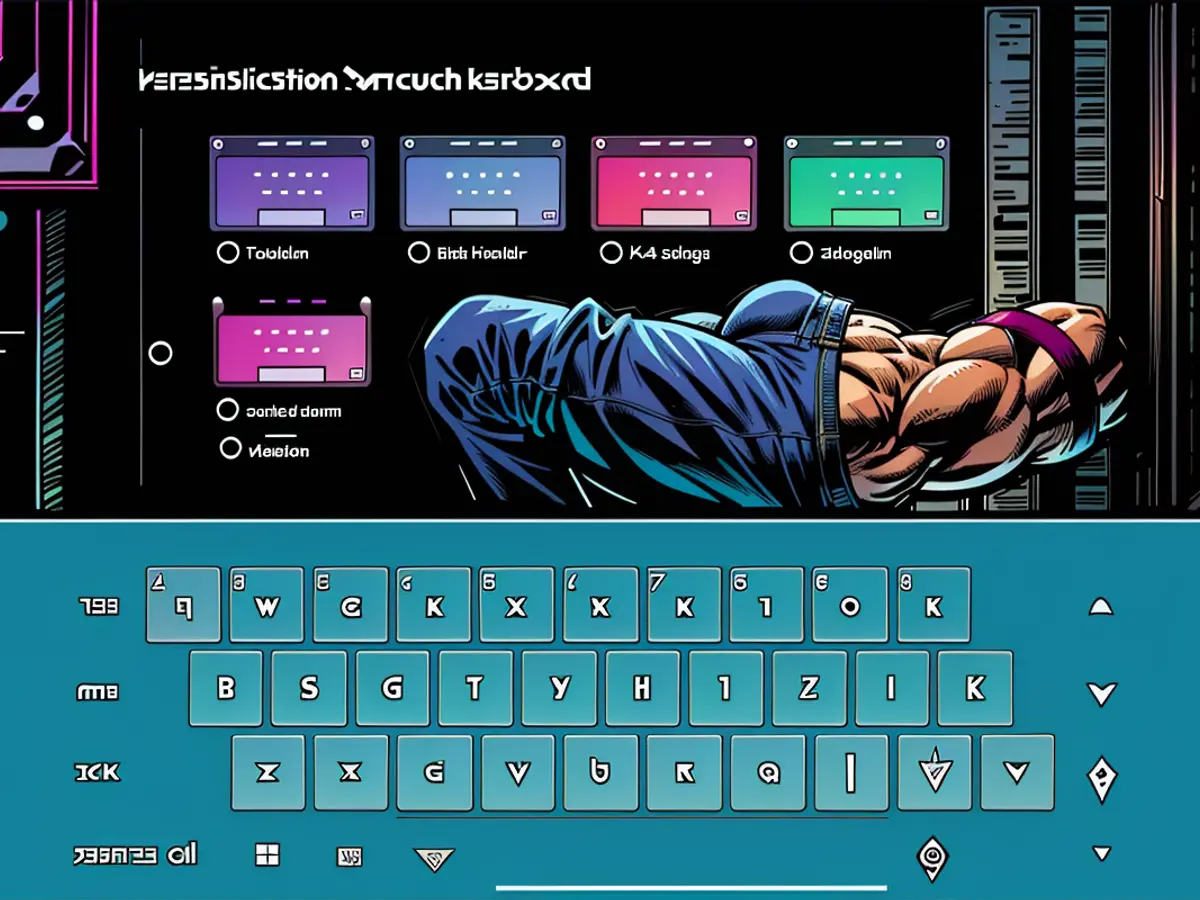
Credit: Jake Peterson
Manage which apps start when you log in. These are the programs that automatically launch at start-up, such as Edge or iTunes Mobile Device Helper. While some are helpful, others can be bothersome and consume unnecessary system resources. Adjust them in Settings > Apps > Startup.
In Personalization > Touch keyboard, modify the design of your on-screen keyboard. It should follow your system theme by default, but you can select various themes or create your own.
Be sure to review app permissions, particularly in Settings > Privacy & security, where you can closely examine location, camera, microphone, and contact permissions used by apps. Eliminate any unnecessary permissions from unrelated apps.

Credit: Jake Peterson
Read also:
To enhance your tech experience with customized Windows 11 settings, consider adjusting your taskbar alignment. If you're more comfortable with the taskbar at the left side of the screen, go to Settings > Personalization > Taskbar > Taskbar Behaviors, then choose 'Left' from the drop-down menu.
Additionally, you can customize the look of your tech device by choosing a new theme from Settings > Personalization > Colors, where you can select an 'Accent color' and enable or disable Dark mode for a more comfortable user experience.
